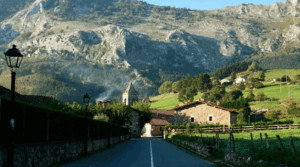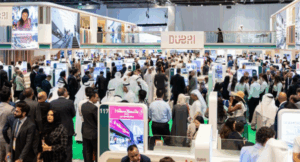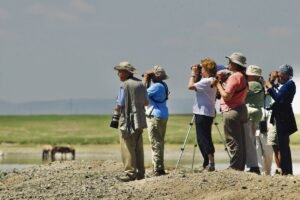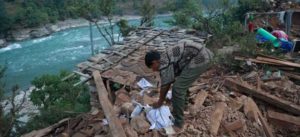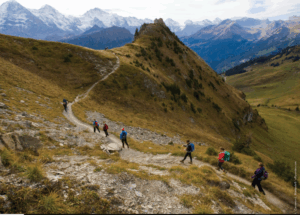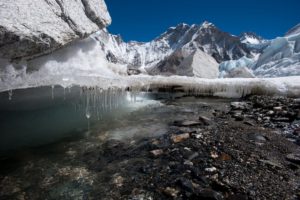The Himalayas: Upstream but Downwind
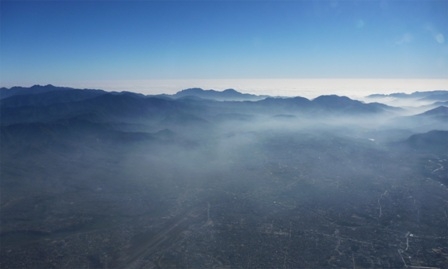
By Arnico Panday —————————-
The Hindu Kush Himalayan (HKH) region has received much attention as the source of rivers that supply water to 1.3 billion people downstream. It has received far less attention for its role as the recipient of the air pollution originating in the plains.
Across northern South Asia during the dry season, individual plumes from hundreds of millions of cooking fires, tens of millions of diesel vehicles, generators and pump sets, as well as tens of thousands of brick kilns merge together into one thick brown haze layer that extends across international borders from Pakistani Punjab to Bangladesh, penetrating deep into Himalayan valleys. A major constituent of this haze is black carbon.
Black carbon is a carcinogen and has major impacts on people’s health. It is also a ‘short-lived climate pollutant’ (SLCP) – an air pollutant that has significant impacts on local and regional climate. Unlike the greenhouse gas carbon dioxide (CO2), which, once emitted, stays in the atmosphere for centuries impacting global climate, SLCPs have atmospheric lifetimes of days to months.
The good news is that shutting down the sources of SLCPs reduces their climate impact within days to months. Their short lifetime also means that they do not have time to mix uniformly around the globe, and that their greatest impact is near their sources. The bad news is that the HKH region is near a major source region for black carbon: the Indo-Gangetic Plains, where more than half a billion people live along the Indus, Ganges, and Brahmaputra rivers and their tributaries. While globally black carbon has the second biggest impact on climate after CO2, its impact in northern South Asia is much bigger than its global average.
Black carbon contributes to the melting of Himalayan glaciers and snowfields, warms the atmosphere at higher elevations and cools it at lower elevations, affecting atmospheric circulation patterns. It also reduces visibility to the point where snowy peaks are no longer visible from places whose livelihoods depend on selling mountain views to tourists. In addition, it contributes to changes in monsoon clouds and in the timing and intensity of rainfall, with potentially significant impacts on droughts, floods, landslides, hydropower, agriculture and drinking water availability.
While air pollution is severe in some of the larger cities in the plains, such as Delhi, Agra, and Dhaka, it can be as bad or worse in smaller cities within the HKH region, such as Kathmandu, Nepal. The mountains surrounding the Kathmandu Valley, and the airflow they create, confine its local emissions within the valley from early evening until late morning. Field studies during the first half of 2013 found concentrations of air pollutants several times above WHO’s and Nepal’s own air quality standards for extended periods of time.
Emissions within the Kathmandu Valley are not the only source of its air pollution problem. There are also inputs from cooking fires, agricultural fires, and forest fires in the surrounding valleys and mountains, and more importantly, an inflow of air pollution up the Bagmati Valley from the south. While sewage from mountain cities flows down the rivers into the plains and across borders, a reverse flow of air pollution comes back up the mountain valleys. There are around 120 brick kilns within the Kathmandu Valley, less than 800 in all of Nepal, mostly in southern Nepal, but almost 23,000 in the two neighbouring Indian states of Uttar Pradesh and Bihar alone.
Air pollution crosses borders daily. Shutting down all of Nepal’s brick kilns will not stop the pollution arriving from the ones south of the border. Bhutan has no brick kilns. It imports its bricks as well as black carbon from brick kilns.
Creating effective air pollution policies to reduce people’s exposure to high levels of air pollution and to reduce its impacts on climate requires detailed scientific understanding of the links between sources and impacts, as well as regionally coordinated science-based policies. What fraction of the black carbon arriving on Yala Glacier in Langtang is from nearby households, from Kathmandu, from the Nepali Terai, or from India or beyond?
Effective policy making at the local and national levels requires detailed maps of emissions sources, atmospheric modeling systems that simulate the fate of emitted pollutants, connecting sources to impacts, as well as a network of measurement stations that provide real-time data to the public and policy makers and inputs to atmospheric models. It also requires free flow of data across borders, and regionally coordinated responses to high air pollution episodes. Ultimately, cleaning up air pollution in northern South Asia and reducing its impacts on the HKH region requires a strong push towards cleaner, less polluting technologies, include clean cooking, clean brick production and clean transportation.
Arnico Panday [arnico.panday@icimod.org] is ICIMOD’s Senior Atmospheric Scientist and the coordinator of ICIMOD’s Atmosphere Initiative.
June 4 , 2014


